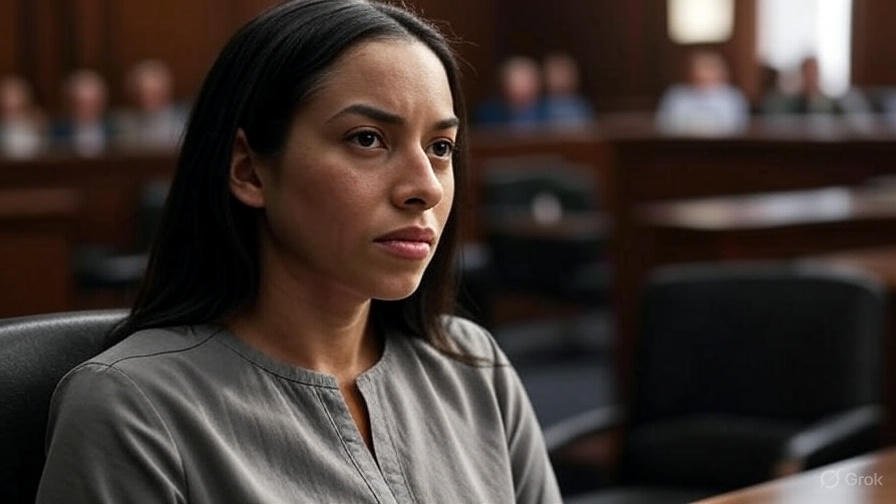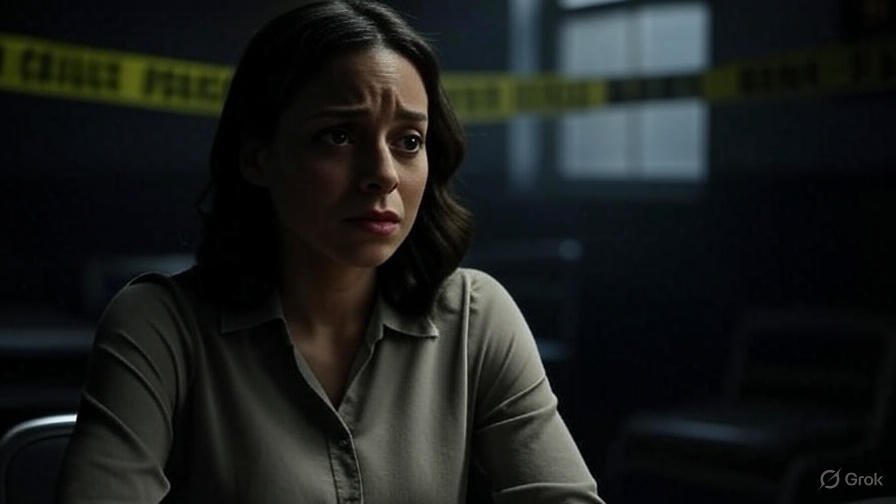The Jodi Arias case remains a landmark in true crime history, captivating audiences with its shocking details and high-profile trial. The Jodi Arias murder scene pictures have sparked significant controversy, raising questions about their role in the legal process and ethical implications in media coverage. In this comprehensive news article, we explore recent updates, the impact of these images, and broader societal questions.
Background of the Jodi Arias Trial
On June 4, 2008, Travis Alexander, a 30-year-old motivational speaker, was found dead in his Mesa, Arizona home. The brutality of the crime—27 stab wounds, a gunshot to the head, and a slit throat—shocked investigators. Jodi Arias, Alexander’s ex-girlfriend, was charged with first-degree murder. Her 2013 trial became a media sensation, driven by graphic evidence, including crime scene images. Arias claimed self-defense, alleging abuse, while the prosecution argued premeditation using trial photos.
For a detailed timeline, see CNN’s coverage of the trial.
Role of Crime Scene Images in the Courtroom
The Jodi Arias murder scene pictures were central to the prosecution’s case. Captured by Alexander’s camera during the attack, these images depicted the crime’s brutality. A key photo showed Arias dragging Alexander’s body, supporting the premeditation argument. Legal analyst Dr. Jane Thompson notes, “These trial photos were crucial in illustrating the violence, influencing the jury’s perception.”
While vital to the conviction, their graphic nature led to restrictions on public release to protect Alexander’s family, though some images circulated online, fueling debate about victim privacy.
Recent Updates on the Arias Case
As of July 2025, Jodi Arias remains incarcerated, serving a life sentence. No major legal changes have occurred, but interest persists due to new documentaries like “Unraveled: The Jodi Arias Story” (2024). Discussions on X highlight ethical concerns about sharing Jodi Arias murder scene pictures, with users questioning their public availability.
Explore our True Crime Archives for more case studies.
Legal Impact of Trial Photos
The Jodi Arias murder scene pictures set a precedent for using graphic evidence in court. Professor Mark Reynolds states, “Crime scene images can be essential but risky if overemphasized.” They corroborated forensic data, reinforcing the prosecution’s case. Courts often seal such evidence, as in Arias’ trial, to protect victims’ families, though online leaks persist.
Ethical Dilemmas of Crime Scene Images
The spread of trial photos has sparked ethical debates. Enthusiasts seek them for insight, but critics argue they exploit tragedy. Alexander’s family expressed distress, with his sister noting, “These images haunt us.” The Society of Professional Journalists’ Code of Ethics advocates restraint, yet internet accessibility complicates control.
Influence on True Crime Media
The Arias case shaped true crime culture, with live broadcasts and social media buzz setting a modern standard. Crime scene images amplified its appeal, though Dr. Emily Carter warns, “This risks turning tragedy into entertainment, overshadowing the human cost.”
Public and Media Response
Public opinion is split, with some seeing Arias as a killer and others as a victim of abuse. Trial photos intensify this divide. Media coverage has shifted from sensationalism to exploring domestic violence and ethics, reflecting a maturing approach.
FAQ: Insights on the Arias Case
What Are the Trial Photos?
Graphic images from the crime scene, used as evidence, showing the murder’s aftermath.
Why Are Crime Scene Images Controversial?
Their graphic nature and online spread raise privacy and sensationalism concerns.
Is Arias Still Imprisoned?
Yes, she serves a life sentence as of July 2025.
Conclusion
The Jodi Arias case, marked by the Jodi Arias murder scene pictures, continues to fascinate. These images were key to the trial but ignited debates on ethics in journalism. Moving forward, sensitivity toward victims is crucial as true crime evolves.




